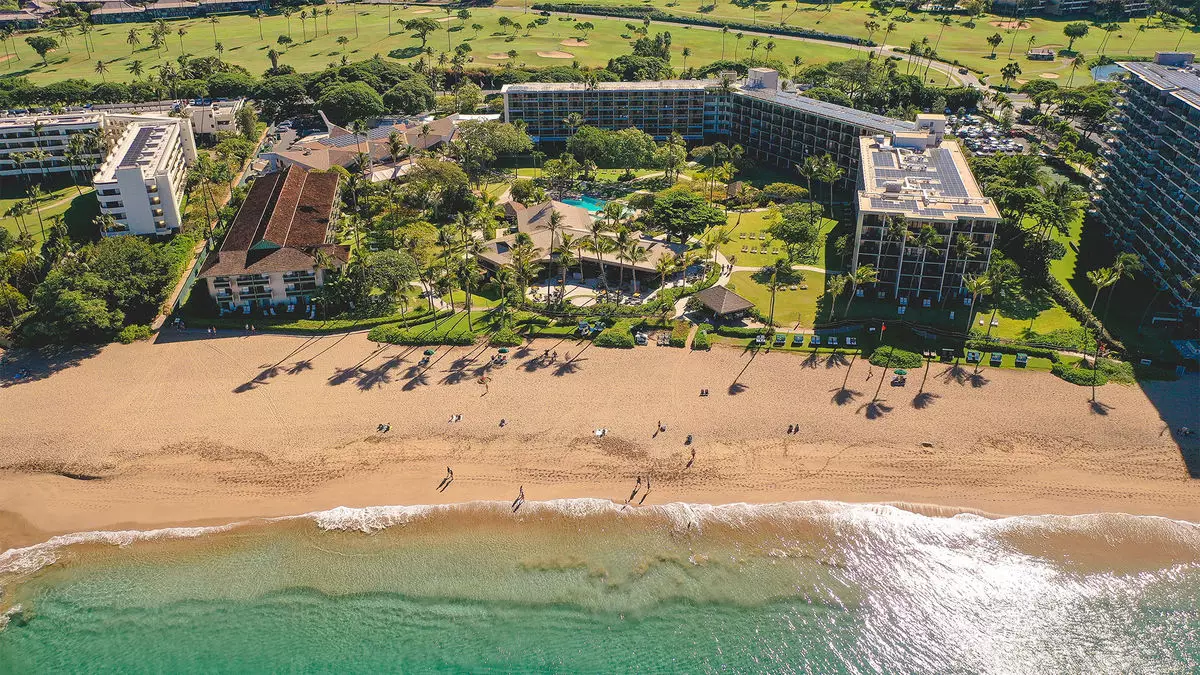In the wake of the catastrophic wildfires that ravaged Maui in 2023, the island is grappling with a significant downturn in its tourism-driven economy. As the dust settles, Hawaii’s government has taken proactive measures to address this crisis by allocating $6.3 million towards marketing initiatives aimed at revitalizing visitor interest and rejuvenating the economy. Governor Josh Green underscored the urgency of these efforts, highlighting the need for a strategic response to the economic repercussions stemming from the recent wildfires while also bracing for potential fallout from other local disasters, such as those in Los Angeles County.
The statistics speak volumes regarding the pressing challenges faced by Maui. Recent analyses from CoStar reveal Maui experienced a staggering 13.2% drop in Hotel Revenue Per Available Room (RevPAR)—the most significant decline among U.S. tourist destinations. Furthermore, both occupancy rates and average daily rates suffered similar declines, reiterating a broader trend of diminished travel demand. Such figures raise alarming questions about the speed and efficacy of Maui’s recovery, emphasizing the precarious balance the island must maintain as it seeks to restore its tourism vibrancy.
A deeper dive into the figures reveals a troubling narrative. According to data from the Hawaii Tourism Authority, visitor arrivals to Maui have plummeted. In 2024, only 2.35 million people visited the island, showcasing a 6% decrease from the previous year and dipping a staggering 23.4% below the pre-pandemic levels observed in 2019. The state’s Department of Business, Economic Development, and Tourism (DBEDT) is particularly concerned about the potential compounding effects of ongoing wildfires in Los Angeles, a significant source market for Hawaiian tourism, responsible for nearly 10% of all visitor arrivals to Maui in the past year.
The current situation echoes dire realities for the local economy, with particular struggles evident in West Maui. James Kunane Tokioka, director of the DBEDT, expressed concern over the significantly reduced occupancy levels across local hotels compared to pre-wildfire figures. The result is a chilling effect on job retention and economic stability for the island that has historically thrived on tourism.
However, not all news is bleak. While industry leaders acknowledge the challenges, some are beginning to see a glimmer of hope. Michael Stathokostopoulos, a senior director at CoStar Group, offered a more nuanced outlook, forecasting that Maui’s RevPAR could grow by over 5% annually over the next three years, spurred by an anticipated increase in rates—despite a continued decline in occupancy levels. This suggests that the island’s collection of high-quality hospitality offerings may allow it to weather the current storm, albeit at the cost of visitor numbers for the time being.
Moreover, Jeff Wagoner, CEO of Outrigger Hospitality Group, highlighted positive trends in Maui’s hospitality sector as early as 2025. He reported improvements in occupancy levels at their resorts in West Maui, indicating that the island is on a slow, positive trajectory towards recovery. Although he stressed that complete recovery would take time, these incremental advancements are vital indicators of resilience in a community that heavily relies on tourism.
The introduction of the new marketing funds is a critical factor in the planned recovery initiatives. While detailed strategies are still under development, there is optimism that this investment will galvanize interest in Maui. Tokioka noted that marketing efforts would likely focus on channels with proven success rates. The anticipation is that by promoting the islands collectively, the appeal of Maui may serve to boost tourism across other Hawaiian destinations, allowing for synergistic growth.
Given the interconnected nature of Hawaiian tourism—where visitors frequently explore multiple islands—the strategic infusion of funds could ultimately yield broader benefits for the entire state. The collaborative marketing approach aims not only to attract travelers back to Maui but also to capture their interest in exploring the rich diversity offered by Hawaii as a whole.
While Maui faces profound challenges in the aftermath of the wildfires, innovative marketing initiatives and emerging positive trends may signal a hopeful path forward. As stakeholders continue to adapt and respond to evolving tourism dynamics, the long-term commitment to revitalizing the island’s economy will be pivotal in paving the way for a sustained recovery. Only time will tell how effectively these strategies will turn the tide for Maui, but the island’s commitment to resilience seems unwavering. The road to recovery promises to be long and arduous, yet the potential for renewal is rooted in a collective effort to safeguard the very essence of what makes Maui a beloved destination.

